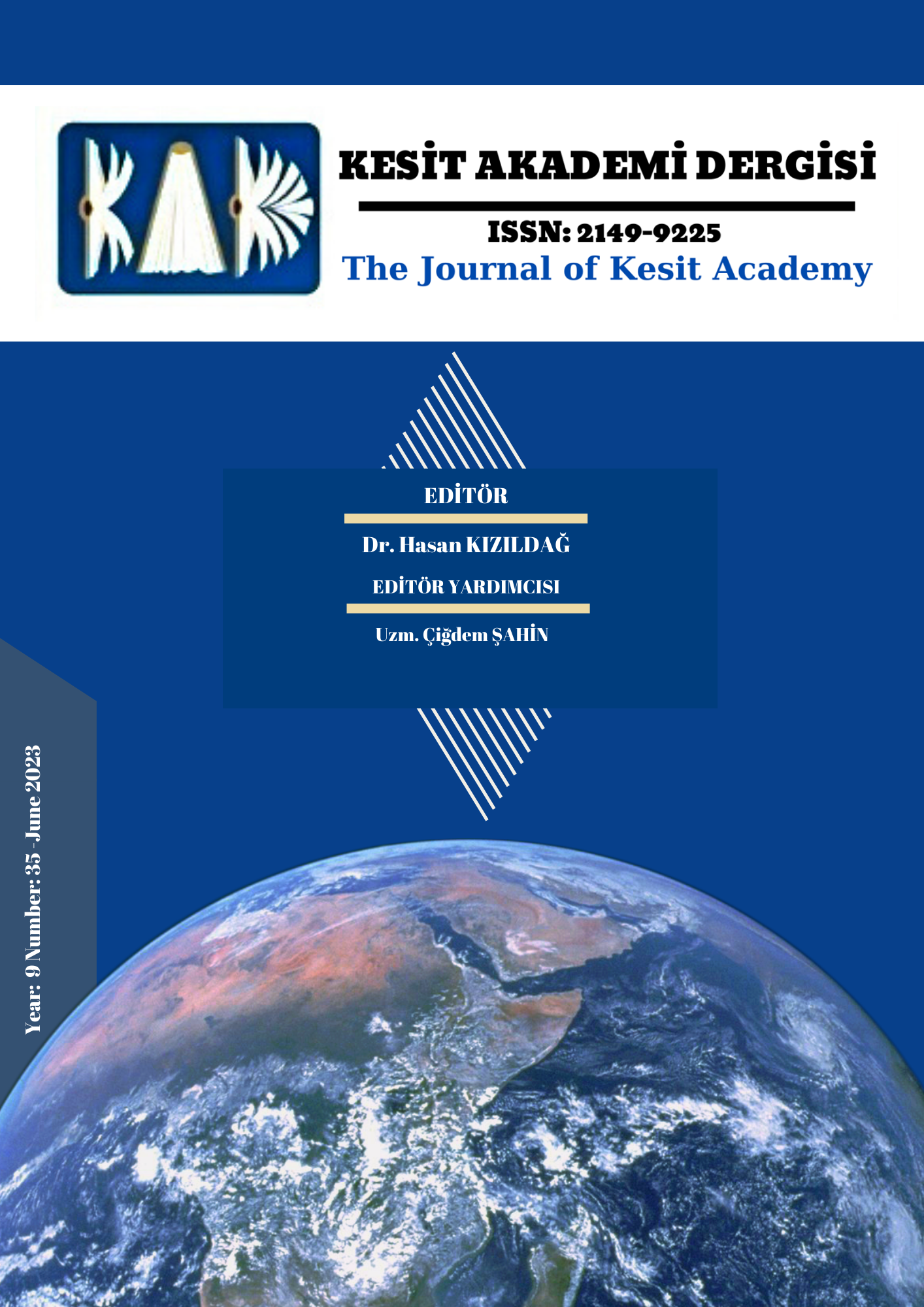Author :
Abstract
Bu çalışmanın amacı Homeros destanlarında tasvir edilen sporların incelenmesi ve güncel yansımalarının araştırılmasıdır. Literatür taraması yapılmıştır. Homeros’un İliada ve Odessa destanlarındaki tasvirleri Yunan ve hatta batının spor tarihinin temeli olarak ele alınır. Homeros Atlet sözcüğünü ilk kullanan kişidir. Yapılan sportif etkinlikler İliada eserinde atlı araba yarışları, koşular, boks, güreş, silahlı mücadeleler, disk, cirit atma ve okçuluk olarak belirtilir. Odese adlı eserinde ise dans, jimnastik ve akrobatik gösterişler, top oyunları ile binicilik yapıldığı belirtilir. Homeros’un anlattıkları günümüzde destansı ifadeler olarak anlaşılsa da bazı sporların organize şekilleridir. Homeros’un sportif anlatıları Antik Yunan’ın ve Batı medeniyetinin sportif spor modelinin doğuşuna ilham kaynağı olmuştur. Homeros’un eserlerinde hem kamusal alanda hem de günlük yaşamın her alanına etki etmiş bir spor anlayışı vardır. Olimpik tarzdaki atletizm yarışmalarına ilişkin en eski edebi açıklamalara bakıldığında atletizm ile Tanrısallık, asalet, erdem ve liderlik arasındaki kahramanca ilişkiler olduğu belirtilir. İlyada'da, ilk kez erdemin sınanması ve mücadelesinin yanı sıra, onur ve değer konusundaki anlaşmazlıkları çözmek için oyunların kullanıldığı siyasi taktik görülür. Patroclos oyunlarının, Homeros'un antik Olimpiyat oyunlarına en yakın üç büyük atletizm müsabakası olması hem fiziksel mükemmelliği hem de ahlaki mükemmelliği ifade eder. İnsanı bedensel ve ruhsal olarak eğitmeyi amaçlar. Homeros’un tasvirlerinde başlıca olaylar, araba yarışı, boks ve güreş, soyluların tekelinde gibi görünür. Homeros’un tasvirlerinde sporlar gayri resmi ve spontanedir. Organize bir eğitim ve organize yarışmalar yoktur. Sporun gerçek ruhunu, her zaman en iyisi olma ve diğer tüm insanları geride bırakma arzusunu, yarışmalardan alınan neşeyi ilk kez bu destanlarda görürüz. Cenaze oyunlarındaki sekiz etkinlikten yalnızca beş tanesi antik Olimpiyatların programında hayatta kalmıştır. Bunlar araba yarışları, boks, güreş, koşu ve cirit atma idi. Diğer üçü olan kılıçla dövüş, ağırlık atma ve okçuluk ise modern oyunların bir parçasıdır.
Keywords
Abstract
The aim of this study is to examine the sports depicted in the Homeric epics and to investigate their current reflections. A literature review was conducted in the study. The depictions of Homer in the Iliad and Odyssey epics are considered as the basis of Greek and even western sports history. Homer was the first to use the word athlete. In the Iliad, the sportive activities the sportive activities mentioned are chariot races, running, boxing, wrestling, armed struggles, discus, javelin throwing and archery. In Odyssey, it is stated that dance, gymnastics and acrobatic performances, ball games and horse riding were made. Although Homer's narratives are understood as epic expressions today, they are organized forms of some sports. Homer's sporting narratives inspired the birth of the sportive sport model of Ancient Greece and Western civilization. In Homer's works, there is an understanding of sports that has influenced both the public sphere and every aspect of daily life. Looking at the earliest literary accounts of Olympic-style athletic competitions, it is stated that there are heroic relationships between athletics and divinity, nobility, virtue, and leadership. The Iliad first appears in the political tactic of using games to settle disputes over honor and worth, as well as the test and struggle of virtue. The fact that the Patroclos games are the three major athletics events closest to Homer's ancient Olympic games signifies both physical excellence and moral excellence. It aims to educate people physically and spiritually. The main events in Homer's descriptions, chariot racing, boxing, and wrestling, appear to be monopolized by the nobility. In Homer's depictions, sports are informal and spontaneous. There is no organized training and no organized competitions. We see for the first time in these epics the true spirit of sports, the desire to always be the best and leave all other people behind, the joy of competitions. Of the eight events at the funeral games, only five survived the program of the ancient Olympics. These were chariot races, boxing, wrestling, running and javelin throwing. The other three, sword fighting, weight throwing and archery, are part of modern games.





